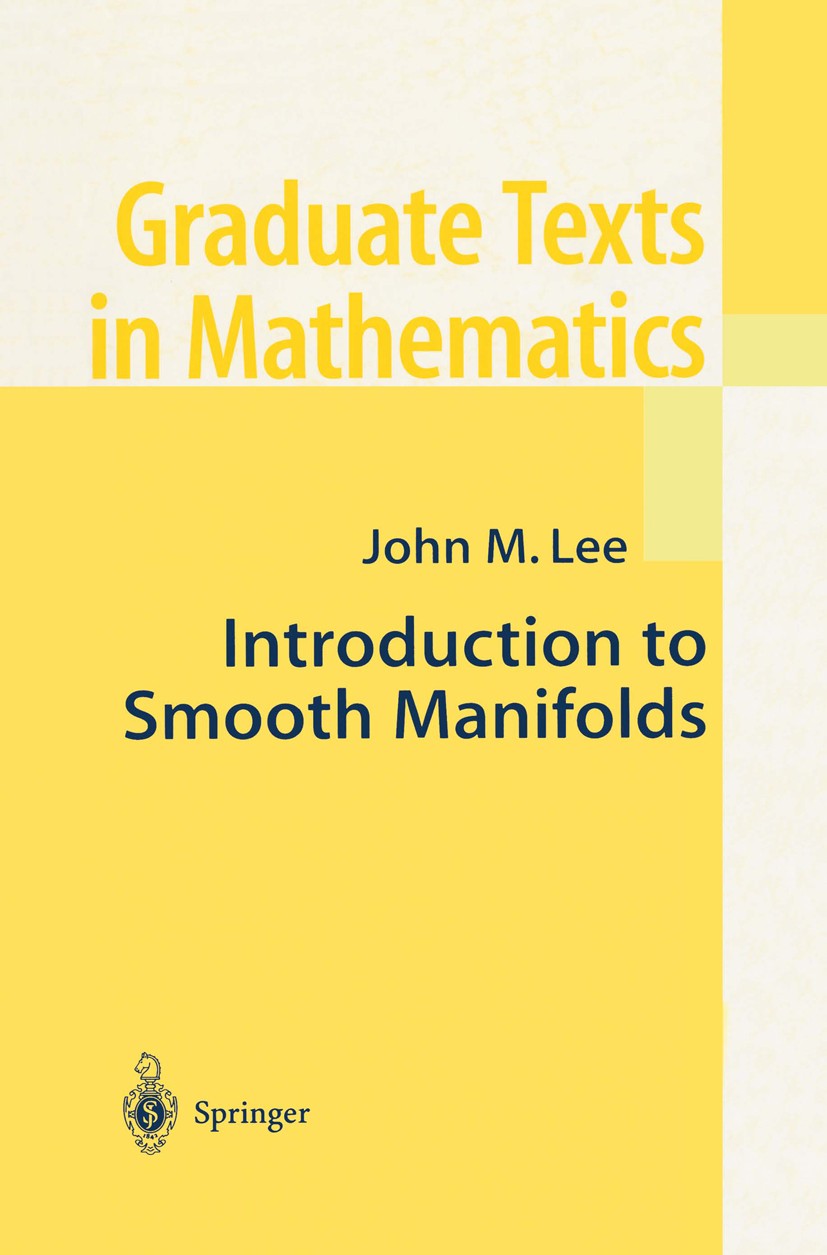| 书目名称 | Introduction to Smooth Manifolds | | 编辑 | John M. Lee | | 视频video | http://file.papertrans.cn/475/474176/474176.mp4 | | 丛书名称 | Graduate Texts in Mathematics | | 图书封面 |  | | 描述 | Manifolds are everywhere. These generalizations of curves and surfaces to arbitrarily many dimensions provide the mathematical context for under standing "space" in all of its manifestations. Today, the tools of manifold theory are indispensable in most major subfields of pure mathematics, and outside of pure mathematics they are becoming increasingly important to scientists in such diverse fields as genetics, robotics, econometrics, com puter graphics, biomedical imaging, and, of course, the undisputed leader among consumers (and inspirers) of mathematics-theoretical physics. No longer a specialized subject that is studied only by differential geometers, manifold theory is now one of the basic skills that all mathematics students should acquire as early as possible. Over the past few centuries, mathematicians have developed a wondrous collection of conceptual machines designed to enable us to peer ever more deeply into the invisible world of geometry in higher dimensions. Once their operation is mastered, these powerful machines enable us to think geometrically about the 6-dimensional zero set of a polynomial in four complex variables, or the lO-dimensional manifold of 5 x 5 ort | | 出版日期 | Textbook 20031st edition | | 关键词 | Algebra; Cohomology; De Rham cohomology; Fundamental group; foliation; homology; vector bundle | | 版次 | 1 | | doi | https://doi.org/10.1007/978-0-387-21752-9 | | isbn_ebook | 978-0-387-21752-9Series ISSN 0072-5285 Series E-ISSN 2197-5612 | | issn_series | 0072-5285 | | copyright | Springer Science+Business Media New York 2003 |
The information of publication is updating

|
|
 |Archiver|手机版|小黑屋|
派博传思国际
( 京公网安备110108008328)
GMT+8, 2025-11-21 02:35
|Archiver|手机版|小黑屋|
派博传思国际
( 京公网安备110108008328)
GMT+8, 2025-11-21 02:35


